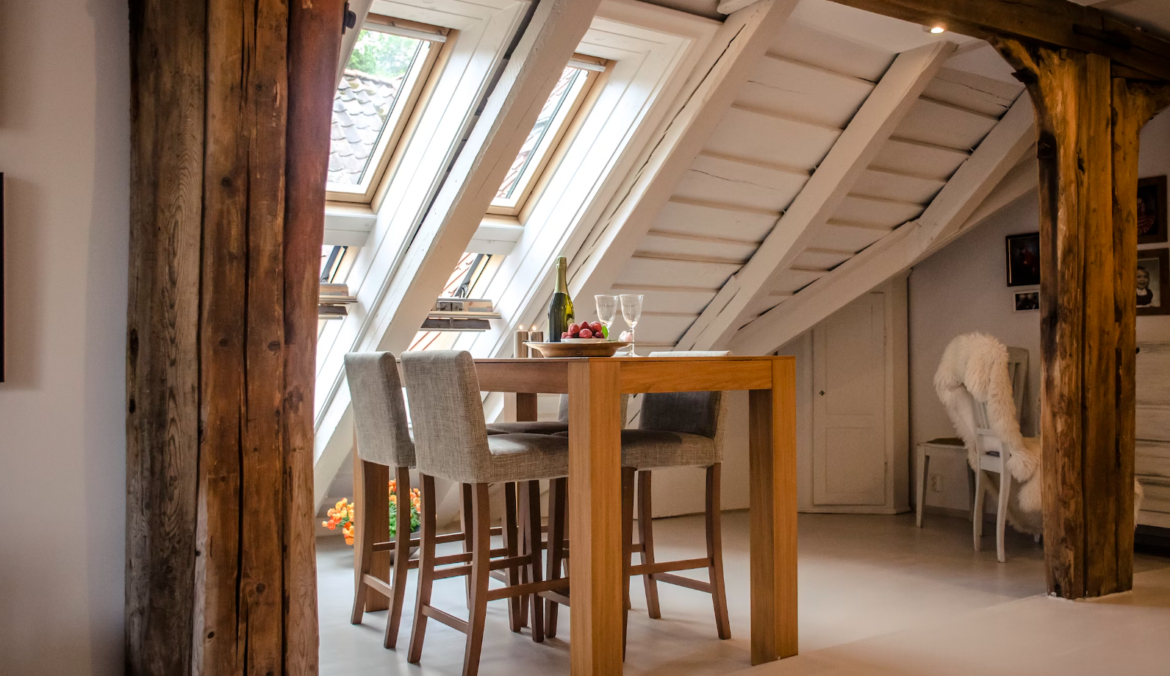
Introduction
As winter approaches here in the mid-Atlantic, it’s essential to prepare your home for the cold and potential snowy months ahead. One often overlooked aspect of winterizing your home is taking care of your skylight. Skylights not only bring natural light into your living space but also contribute to your home’s energy efficiency. To ensure your skylight performs optimally during the winter season and prevents heat loss, you need to take a few steps to prepare it. In this article, we will guide you through the process of winterizing your Maryland home’s skylight.
- Clean the Skylight
Before the winter season sets in, it’s crucial to start with a clean slate. Remove any dirt, debris, or leaves that may have accumulated on the skylight during the fall. A clean skylight allows more sunlight to enter your home and ensures there’s no interference with the sealing components later on.
- Inspect the Skylight’s Seal
Check for any signs of wear and tear on the seal around your skylight. A damaged seal can lead to drafts and heat loss. If you notice any cracks, gaps, or deterioration in the sealant, it’s best to replace it promptly. You can find the appropriate sealant at your local hardware store. Ensure the area around the skylight is dry before applying the new sealant.
- Check for Condensation
Condensation can form on the interior and exterior of skylights during the winter months. While a little condensation is normal, excessive moisture can lead to problems like mold and mildew growth. Check for any signs of moisture damage, such as water stains or discoloration, on the ceiling or the skylight itself.
- Install Insulating Window Film
One of the most effective ways to improve the insulation of your skylight is by adding insulating window film. This clear, plastic film can be applied to the interior of the skylight and helps reduce heat loss by creating an additional barrier. It’s an affordable and easy DIY solution to make your skylight more energy-efficient.
- Consider Skylight Covers
Skylight covers, also known as skylight shades, are another option to improve insulation and reduce heat loss during the winter. These covers can be custom-fit to your skylight and provide an extra layer of insulation. They are available in various styles, including blackout and heat-resistant options, allowing you to control the amount of light and heat entering your home.
- Insulate the Curb
Skylights are usually mounted on a curb, which can be a source of heat loss. To prevent this, insulate the curb with foam board insulation or weatherstripping. This helps create a thermal barrier, reducing the transfer of cold air from the outside.
- Replace Old or Damaged Glass
If your skylight’s glass is old, damaged, or inefficient, it may be time to consider a replacement. Modern skylights are designed to be more energy-efficient and better at retaining heat. Upgrading to double or triple-pane glass with low-E coatings can significantly improve your skylight’s performance.
- Schedule Professional Maintenance
For skylights that are difficult to access or in need of extensive repairs, it’s wise to hire a professional for maintenance. An experienced technician can inspect and service your skylight, ensuring it’s in top condition for the winter season.
Conclusion
Preparing your Maryland home’s skylight for the winter season is a crucial step in maintaining your home’s comfort and energy efficiency. By following these steps, you can ensure that your skylight remains a source of natural light while minimizing heat loss and preventing cold drafts. Taking care of your skylight not only improves your living space’s insulation but also contributes to energy savings, making your home more eco-friendly and cost-effective during the winter months.
